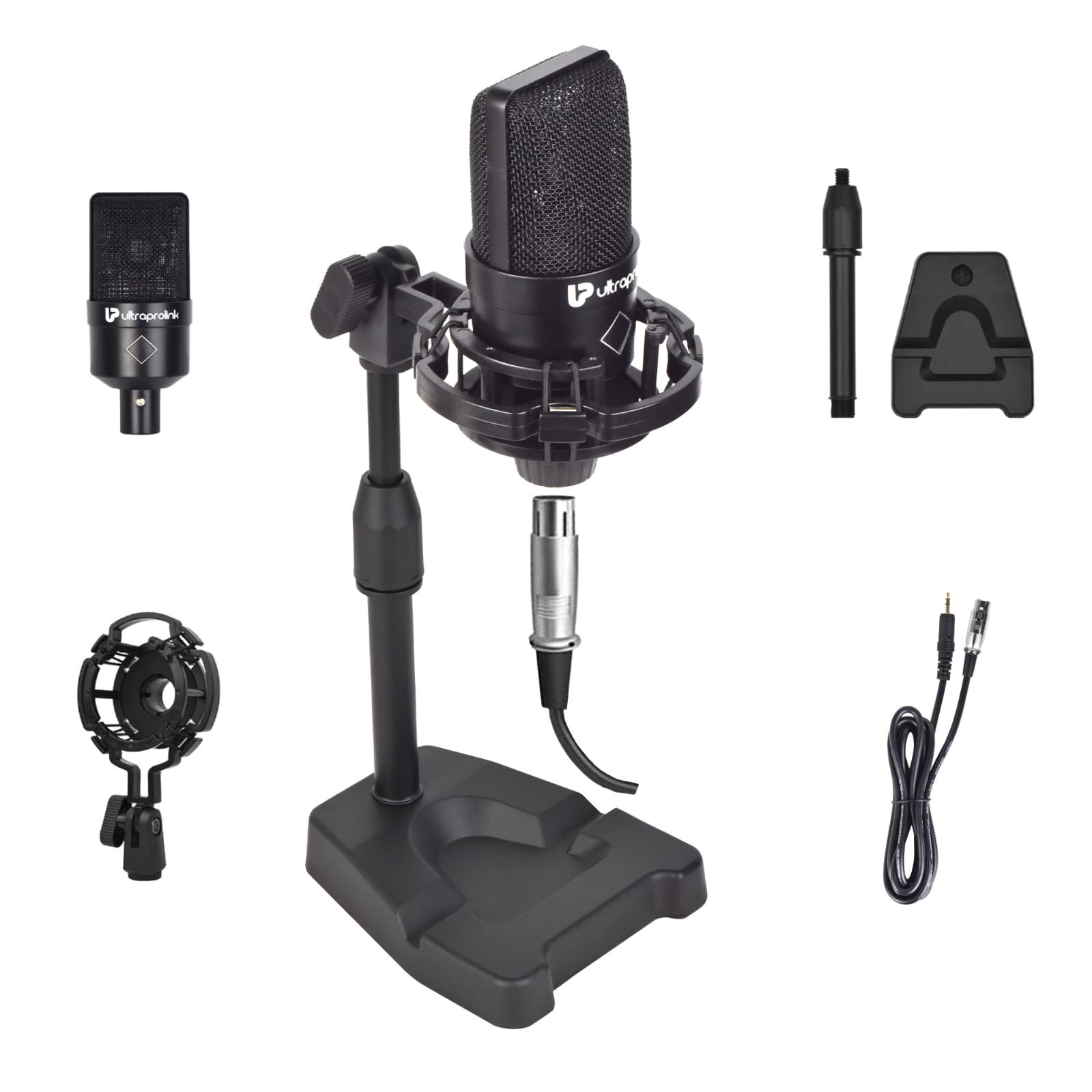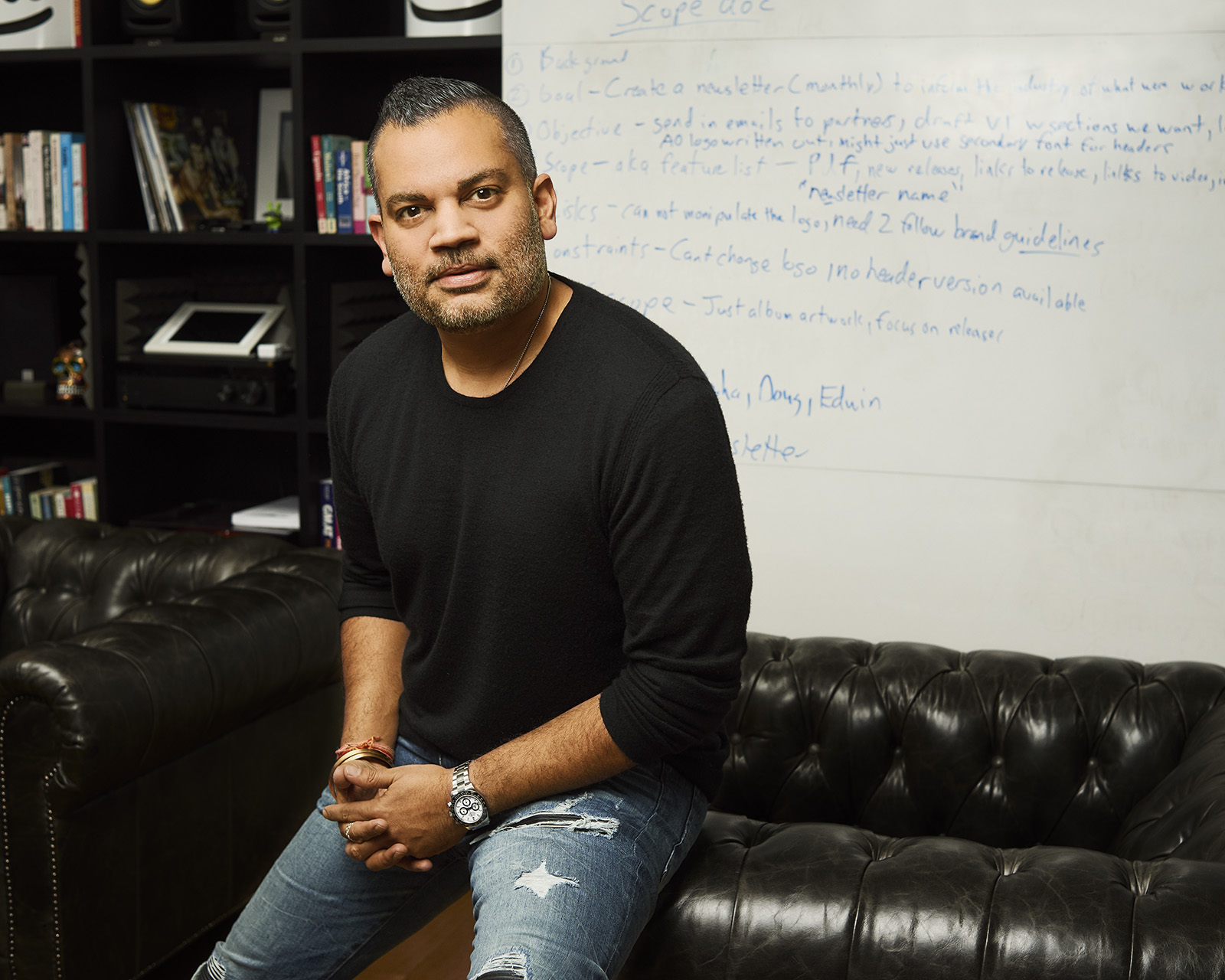Words: Chhavi Sachdev The UltraProlink On-Air (UM1220BLK) is pitched as a versatile, professional-grade condenser microphone tailored for podcasting, vlogging, gaming,…
Read More

Words: Chhavi Sachdev The UltraProlink On-Air (UM1220BLK) is pitched as a versatile, professional-grade condenser microphone tailored for podcasting, vlogging, gaming,…
Read More
Words: Chhavi Sachdev Back when I started podcasting in 2008, smart phones didn’t even exist. There was no way to…
Read More
Luminary has announced its official launch in India today. Today, the network debuts two new shows: Konkona Sen Sharma’s Barefoot…
Read MoreRaegr, a Bengaluru-based lifestyle consumer technology brand has launched Vocalz 250 which is an entire microphone kit for podcasters, musicians,…
Read More